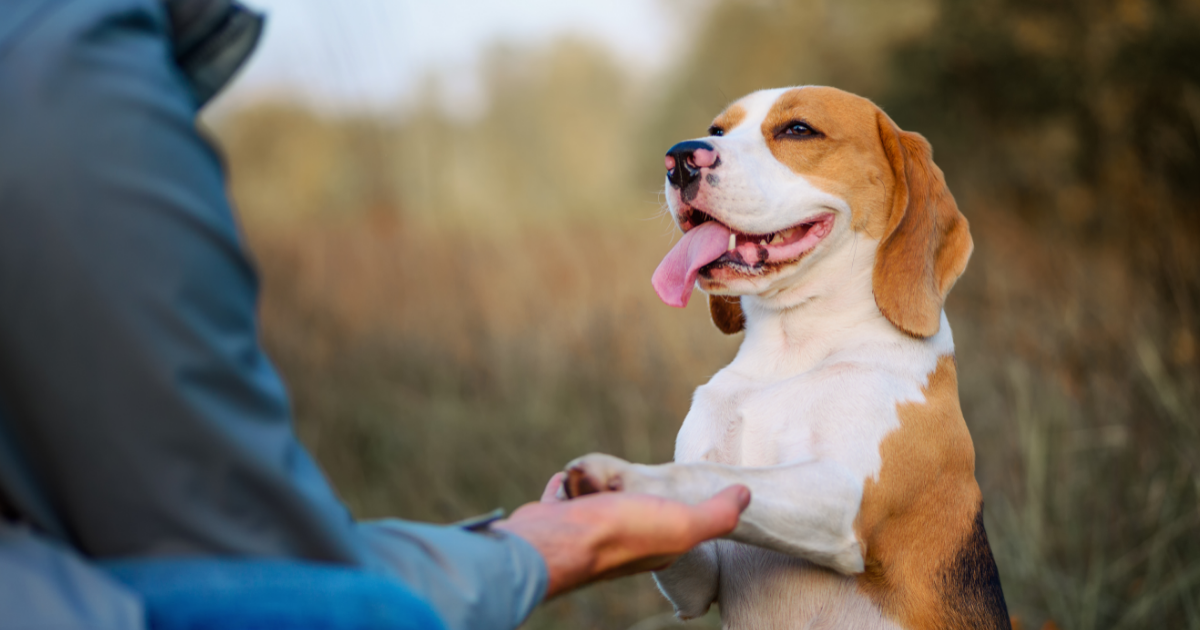Dog Training - 4 tips to help dog separation anxiety by Dog Trainer
Is your dog usually baking for a long time? Or keep licking its hair or biting furniture? They might probably suffer from ‘dog separation anxiety’. Recently, this situation is becoming more common and there are ways that can help. Eurica Li, a professional dog trainer graduated from Karen Pryor Academy in the US, has shared some tips in helping dog owners to resolve the problem.
Dogniversity Founder, Eurica Li
Professional Qualifications:
- Professional Dog Trainer, graduated at Karen Pryor Academy in US
- Certified Professional Dog Trainer - Knowledge Assessed (CPDT-KA®️), qualified by The Certification Council for Professional Dog Trainers (CCPDT®️)
- Parents Educator of Family Paws
- Dog training class instructor of Hong Kong Dog Rescue
- Volunteer instructor of Hong Kong Dog Rescue
Common Symptoms of Dog Separation Anxiety:
- Keep wheezing or pacing
- Barking and howling when dog owner is away
- Incontinence caused by emotional problems
- Chewing, biting, or destroying household objects
- Keep licking hair or even self-mutilation
To resolve the problem, first, dog owners should understand what separation anxiety is. The above 5 symptoms are easy to obfuscate with other dog behaviour issues, for example, for dogs who are not well behaved when they are urinating, they might be a lack of skill set only. For Dogs who keep barking when the owner is about to leave the house, they might only want to get attention or to express their emotional need. For dogs who like chewing or biting furniture, it may reflect that they are too bored indeed. To diagnose whether they are separation anxiety or not, except observation by the pet owner, the best way is to seek for professionals’ advice.
4 Tips to help dog separation anxiety:
1. Keep calm when entering / leaving house
Many dog owners might say “Good-bye and I will come back soon” to their dogs before leaving the house. Actually it might increase the nervousness of the dog. The dog might think negatively and fear that they will lose your attention every time you leave the house. Similarly, when your dog welcomes you home and you act excitedly in return, they will be misled in the same way. As long as you are at home, dogs feel that they will get attention from you. To rectify, the owner should keep calm when leaving and back home. Avoiding overly interaction with dogs.
2. Training at home with separation
Use a fence as a barrier to separate the owner and the dog. Let your dog play around in their own section with their favourite toys or enjoying their food. Let it adjust to being alone and enjoy the time with the owner in a separate zone. Duration of this training only takes a few minutes, it’s not necessary to separate each other for a long period of time. Please be reminded that it is not equivalent to trapped your dog inside a room.
3. Get used to the owner leave the house
Repeating the below steps related to in/out your home will help dogs get familiar with your behaviours, for example, wearing shoes, get closer to the door, open/close the door. It’s also good to treat them with snacks as a reward if they behave well. They will soon get used to these actions. Repeating these steps is the only tip, it’s not necessary for the owner to leave the house until there is a significant improvement from your dog and you can consider to leave home for around 1 - 2 sec and extend the time according to the training status.
4. Reduce the frequency and time of going outside
The owner should reduce the frequency and duration of time you are outside before the dog gets used to being alone at home. If you have long working hours, you may consider a pet sitter to take care of your dogs. It’s not recommended to have training on weekends only if your dog is already diagnosed with separation anxiety.
The above 4 tips can help to improve separation anxiety. Be aware this behaviour can cause the physical and mental illness of dogs, even you and your family. If you are aware that your dog has the symptoms of dog separation anxiety, please seek for professionals’ assistance as soon as possible.
Source: Dogniversity Founder Eurica Li
About PET-A-HOOD
Our platform is a one-stop destination for the latest and the most comprehensive pet-related information. From helping you discover pet-friendly businesses nearby, to planning fun weekend activities, we are your trusted partner when it comes to curating a healthy and exciting lifestyle for your pet friends and you. We also encourage pet owners to build their Pet’s Social Community through Pet-a-hood, by exchanging pet-caring experience, pet-related news, and connecting with other pet lovers in the neighbourhood.




